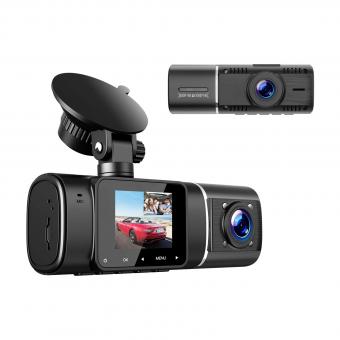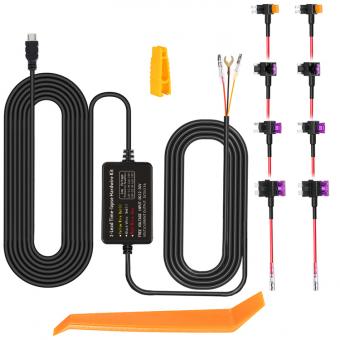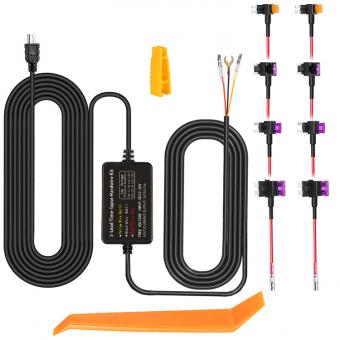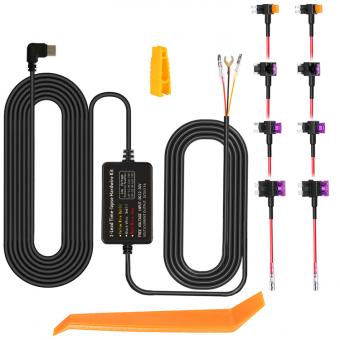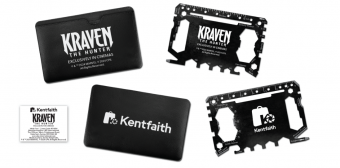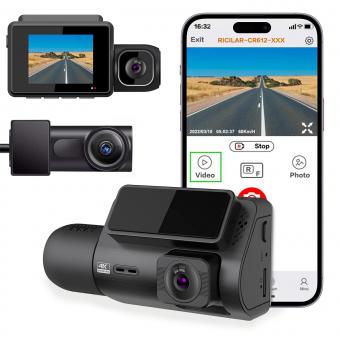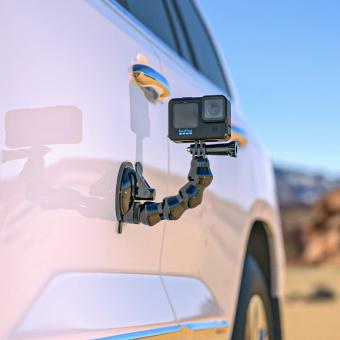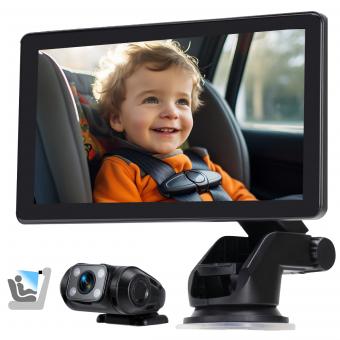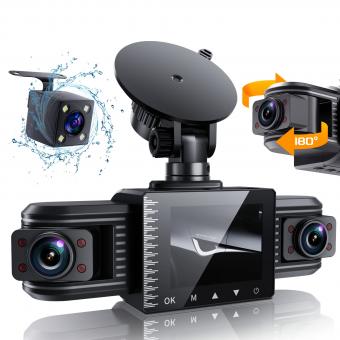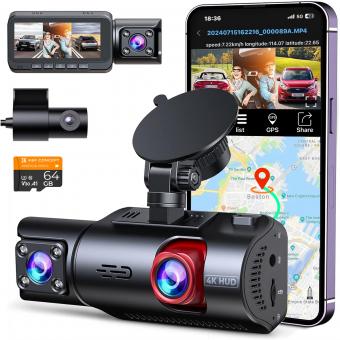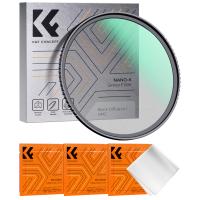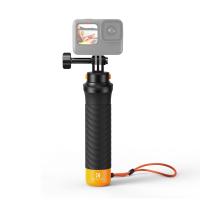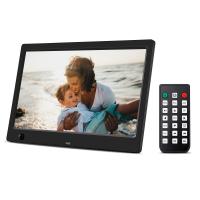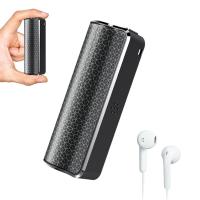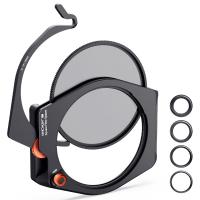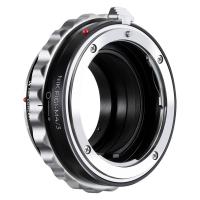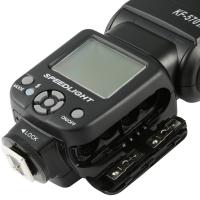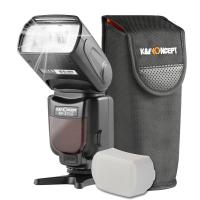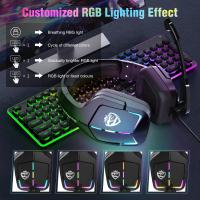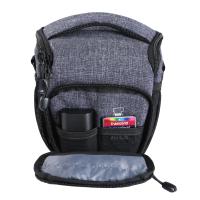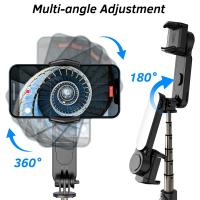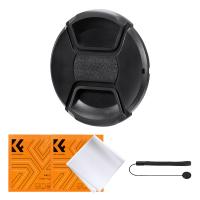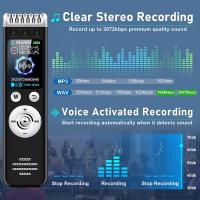How To Buy A Car Dash Camera?
Buying a car dash camera can be a daunting task, especially with the myriad of options available in the market today. Whether you are looking to enhance your vehicle's security, capture scenic drives, or have evidence in case of an accident, a dash camera can be a valuable addition to your car. This article will guide you through the essential factors to consider when purchasing a car dash camera, ensuring you make an informed decision that meets your needs.
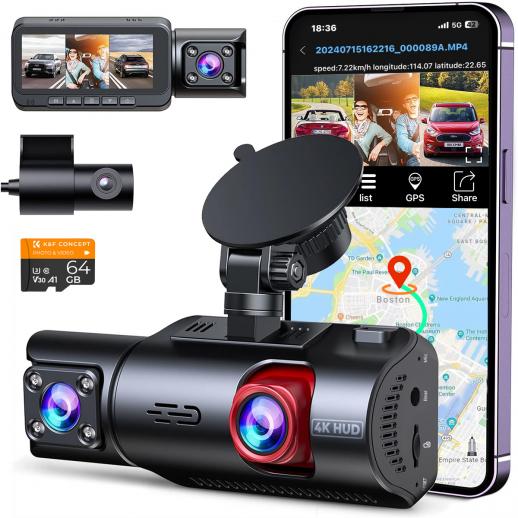
Understanding Your Needs
Before diving into the technical specifications and features, it's crucial to understand why you need a dash camera. Different users have different requirements, and identifying your primary purpose will help narrow down your options. Here are some common reasons people invest in dash cameras:
1. Accident Evidence: To have a reliable record in case of accidents or disputes.
2. Security: To monitor and protect your vehicle from theft or vandalism.
3. Scenic Recording: To capture beautiful drives and road trips.
4. Fleet Management: For businesses to monitor their vehicles and drivers.
Key Features to Consider
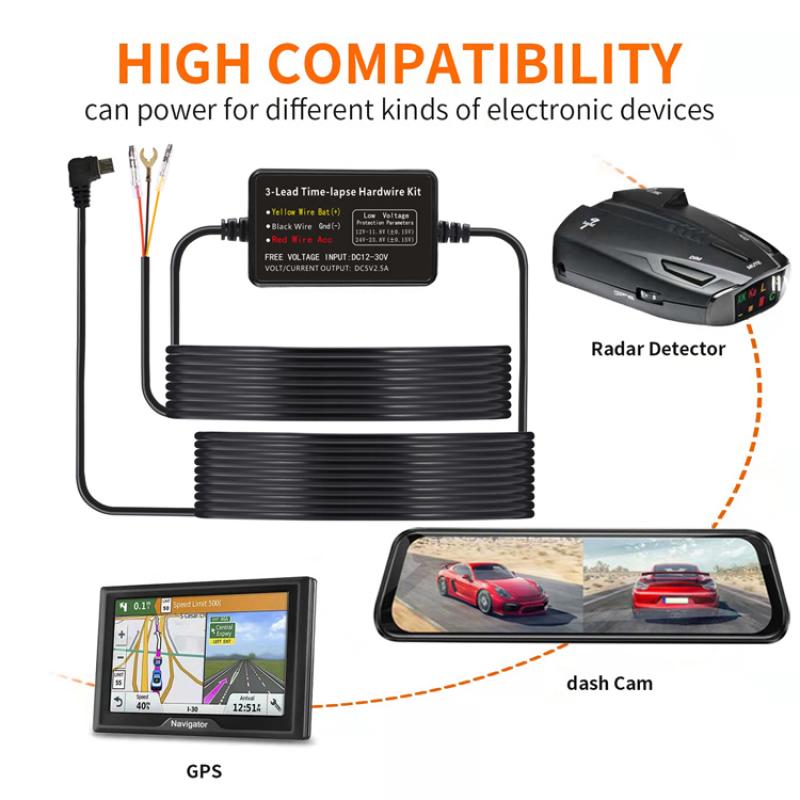
Once you have a clear understanding of your needs, you can start looking at the key features that will best serve those needs. Here are some critical features to consider:
1. Video Quality

The video quality of a dash camera is paramount. Look for cameras that offer at least 1080p resolution. Higher resolutions like 1440p or 4K provide even better clarity, which can be crucial for capturing details like license plates and road signs.
2. Field of View
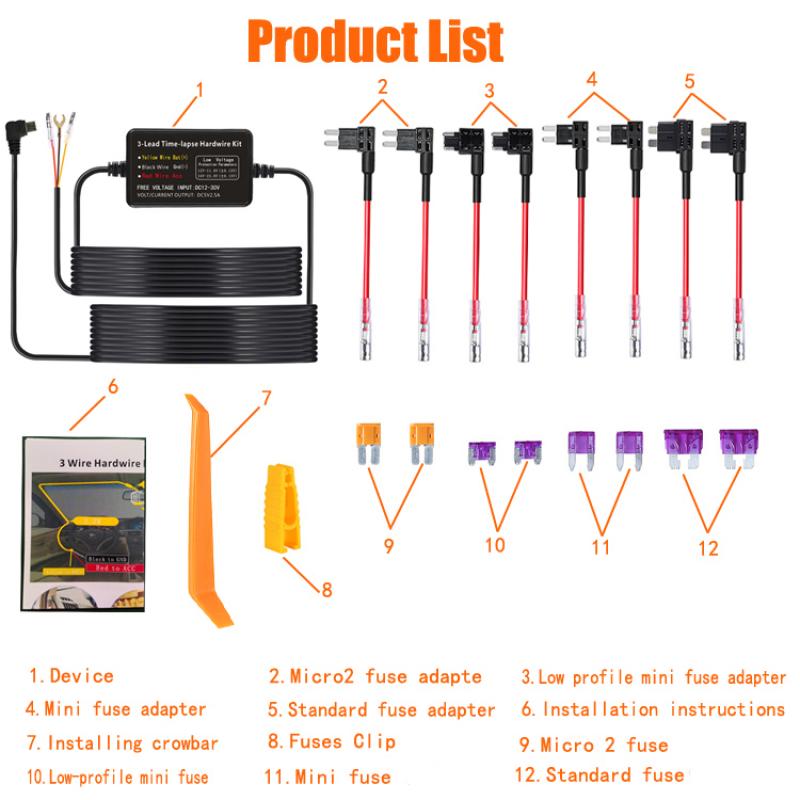
The field of view (FOV) determines how much of the road the camera can capture. A wider FOV, typically between 120 to 170 degrees, ensures that more of the surroundings are recorded. However, too wide an angle can lead to distortion at the edges.
3. Night Vision
Good night vision capabilities are essential for recording clear footage in low-light conditions. Look for cameras with infrared LEDs or advanced low-light sensors to ensure high-quality recordings at night.
4. Storage Capacity
Dash cameras record continuously, so storage capacity is a critical factor. Most dash cameras use microSD cards, and it's advisable to choose one that supports at least 64GB. Some cameras also offer loop recording, which overwrites the oldest footage when the storage is full.
5. GPS and Speed Logging
GPS functionality allows the camera to record your vehicle's location and speed. This can be particularly useful for evidence in case of an accident or for tracking your routes during road trips.
6. Parking Mode
Parking mode enables the camera to record even when the vehicle is parked and the engine is off. This feature is useful for monitoring your car for any suspicious activity or potential damage when you are not around.
7. Dual Cameras
Some dash cameras come with a rear camera in addition to the front camera. This dual-camera setup provides comprehensive coverage, recording both the front and rear of the vehicle.
8. Connectivity
Modern dash cameras often come with Wi-Fi or Bluetooth connectivity, allowing you to transfer footage to your smartphone or computer easily. Some models also offer cloud storage options.
Budget Considerations
Dash cameras come in a wide range of prices, from budget-friendly options to high-end models with advanced features. It's essential to set a budget based on your needs and stick to it. Here are some general price ranges and what you can expect:
- Budget (Under $100): Basic models with decent video quality and essential features.
- Mid-Range ($100-$200): Better video quality, additional features like GPS, and improved build quality.
- High-End (Above $200): Top-notch video quality, advanced features like 4K recording, dual cameras, and robust build quality.
Installation and Setup
Installing a dash camera can be straightforward or complex, depending on the model and your vehicle. Here are some general steps to follow:
1. Choose the Mounting Location: Most dash cameras are mounted on the windshield, behind the rearview mirror. Ensure the camera has a clear view of the road.
2. Attach the Mount: Use the adhesive mount or suction cup provided with the camera to attach it to the windshield.
3. Connect the Power: Dash cameras typically draw power from the car's cigarette lighter socket. Route the power cable neatly along the edges of the windshield and dashboard.
4. Adjust the Camera Angle: Ensure the camera is angled correctly to capture the road ahead.
5. Configure Settings: Set up the camera's date, time, resolution, and other settings according to your preferences.
Legal Considerations
Before installing and using a dash camera, it's essential to be aware of the legal considerations in your region. Some areas have specific regulations regarding the use of dash cameras, including where they can be mounted and whether audio recording is allowed. Ensure you comply with local laws to avoid any legal issues.
Maintenance and Upkeep
To ensure your dash camera continues to function optimally, regular maintenance is necessary. Here are some tips:
- Clean the Lens: Regularly clean the camera lens to ensure clear recordings.
- Check Storage: Periodically check the microSD card for any issues and format it as needed.
- Update Firmware: Keep the camera's firmware updated to benefit from the latest features and improvements.
- Inspect Mounting: Ensure the camera mount is secure and hasn't come loose over time.
Buying a car dash camera involves careful consideration of various factors, from video quality and storage capacity to additional features like GPS and parking mode. By understanding your needs and evaluating the key features, you can make an informed decision that enhances your driving experience and provides peace of mind. Whether you are looking for a budget-friendly option or a high-end model with advanced capabilities, there is a dash camera out there that will meet your requirements. Happy driving!

